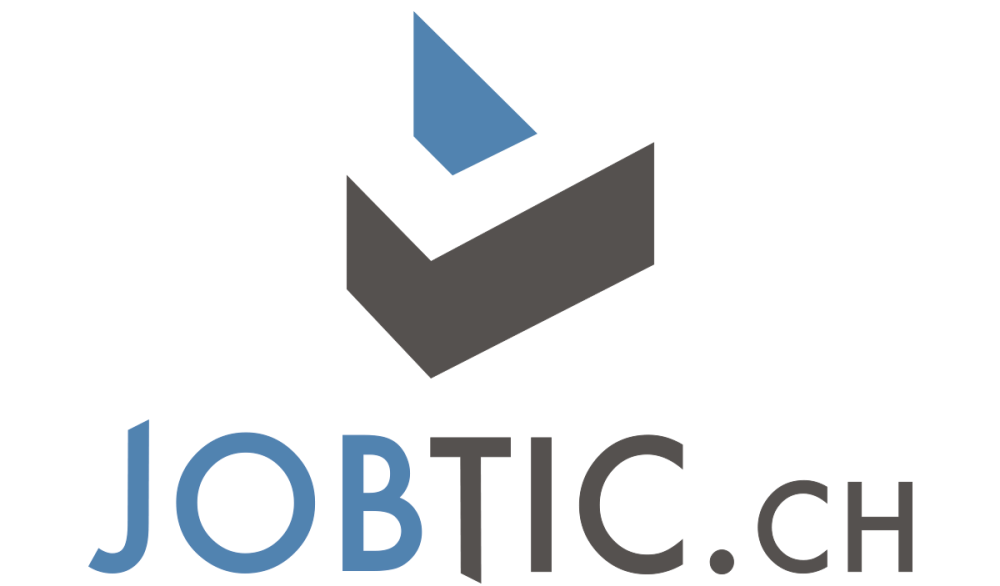According to an international comparison by the Mercer society, Switzerland has one of the better graded social security systems in the world. What sort of system would that be? The three pillars of Switzerland.
The three "pillars" are essentially funds to which the Swiss people contribute to during their active life and benefit from once retired, handicapped, sick, and etc. Each functions differently, but all serve the same purpose: the well-being of the people.
The first pillar includes the AVS (Assurance Vieillesse et Survivants, or old age and survivors insurance, in which "survivors" refers to orphans, widows, etc), and participation begins with the first franc earned. This money is used immediately in favour of the people who are retired (or "survivors") now.
The second pillar, known as LPP (Loi sur la Prévoyance Professionnelle, or law on professional provision), includes participations that begin when one's yearly income reaches more than 20'520 francs and benefits the contributer only, once he is himself retired.
The third pillar is different from the first two in that it is not mandatory; it includes options like life insurance, and is the responsibility of the individual. One can choose to use a third pillar, or not.
The purpose of this system is to garantee that the Swiss citizen can maintain his life conditions (through sickness, retirement, accidents, etc). By working for others today (as others will work for oneself later), as as well as for oneself, both basic pillars prove to be an efficient hybrid solution which showed what it could do. The third pillar is left to the individual's responsibility, he is free to manage it as he sees fit.
Problems arise in the case of someone with a yearly income of over 82'080.- Swiss francs. Participations to the first and second pillar would not allow such a person to maintain his life conditions past retirement (or sickness, accident, death of a spouse, etc), which is the constitutional goal of the system. The reason for this is that the allowance one can receive from the first pillar don't go beyond 27'360.- per year, and that, for the second pillar, the participation is calculated from a maximum income of 58'140 Swiss francs.
And that's not all: you must add to this two serious risks. One of them is the growing proportion of retired people (who receive an allowance from the first pillar) by comparison to the non-retired people (who contribute to the first pillar) due to the increase in longevity. The second risk has to do with low benefits in relation to investments during economic crises.
For all these reasons, invidual responsibility is essential. Know the state of the first two pillars so that you may know what to do with the third.
NM
Translated and adapted from the original French by NM
The Three Pillars of Switzerland
Job market -
21 April 2010



